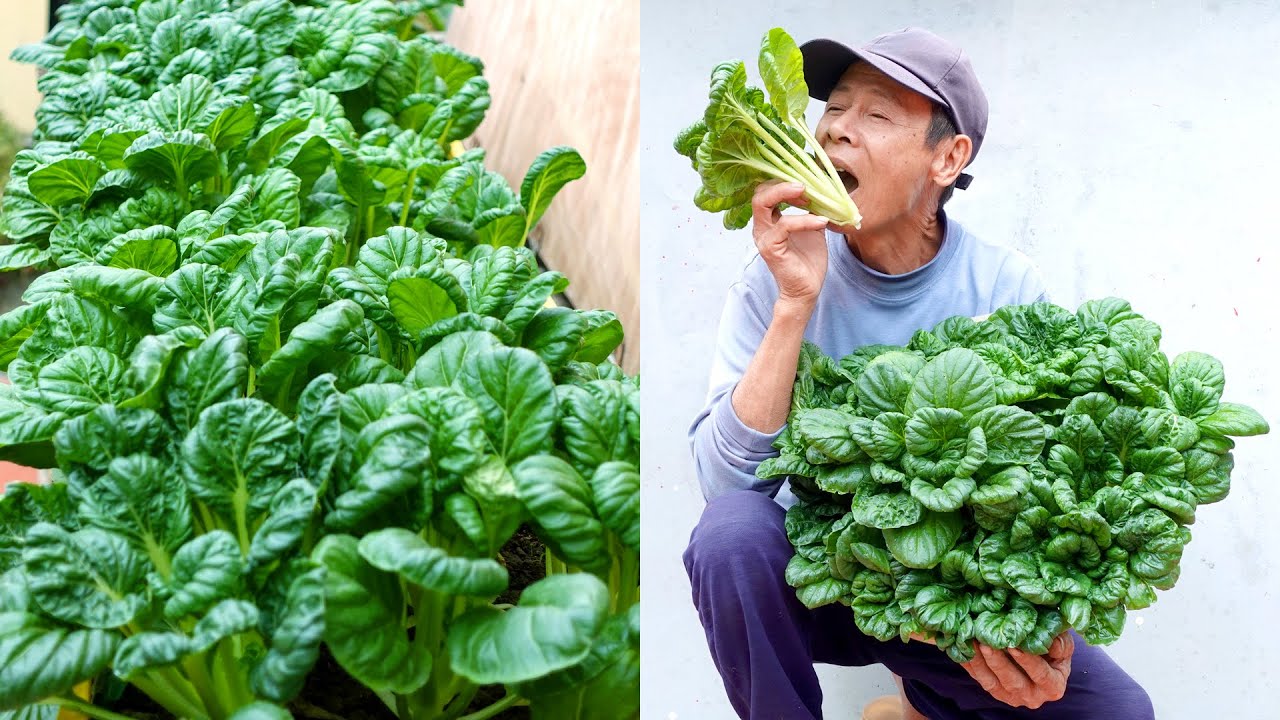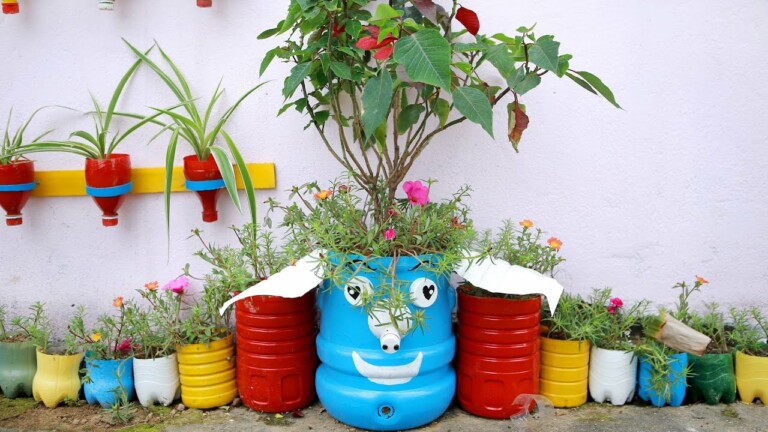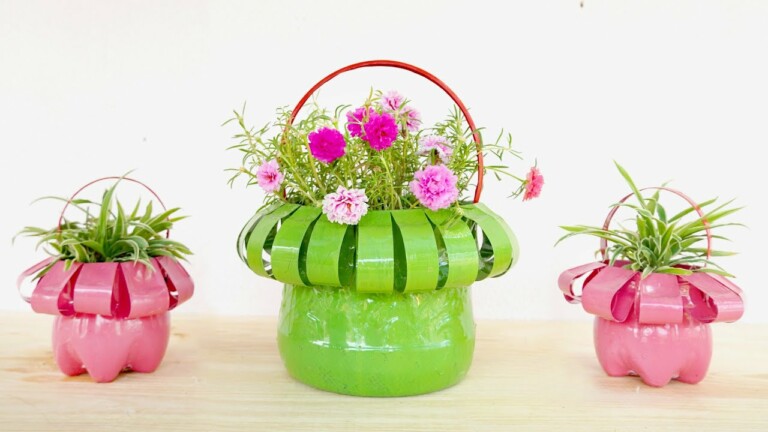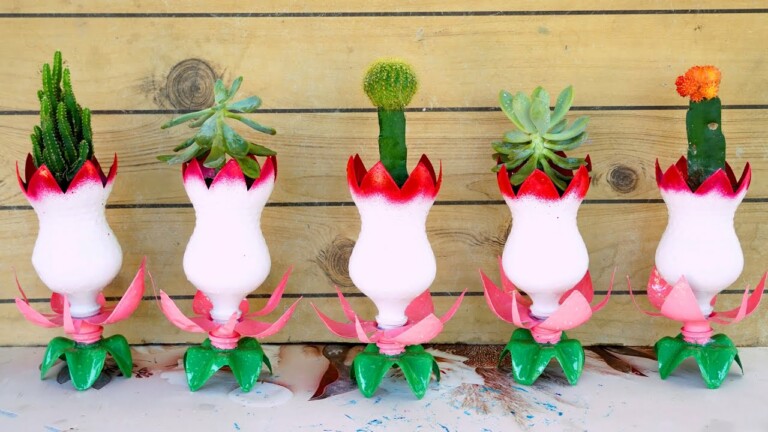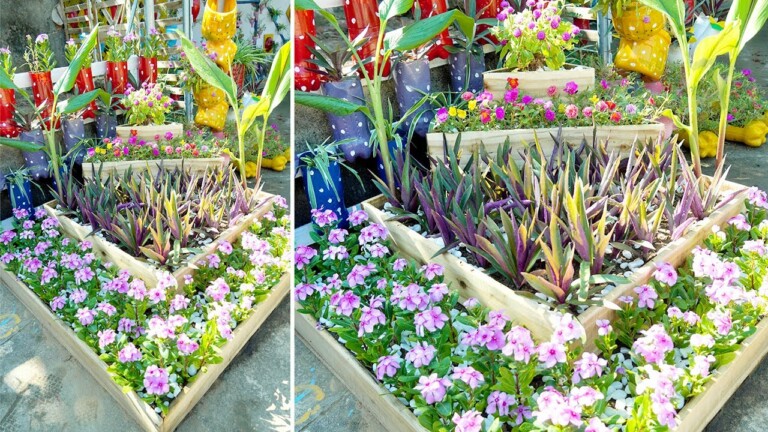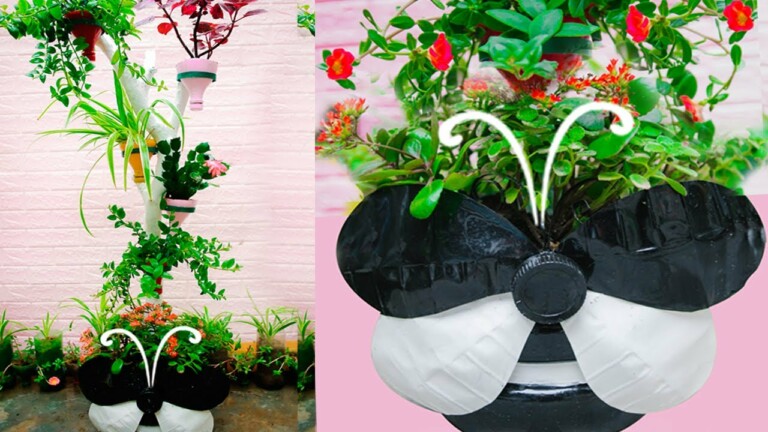Amazing Vertical Garden and Drip Irrigation, Solution for Summer Garden
I am absolutely thrilled to introduce you to an incredible solution for your summer garden – the amazing vertical garden and drip irrigation system. As an avid gardener myself, I have found this combination to be an absolute game-changer. With the ability to maximize space and conserve water, it has transformed my gardening experience. Join me as I delve into the world of vertical gardening and drip irrigation, and discover how they can revolutionize your own garden. Get ready to be amazed!
Introduction
I have always been passionate about gardening, and as summer approaches, I find myself searching for new and innovative ways to enhance my garden. One solution that has caught my attention is the amazing vertical garden combined with drip irrigation. In this article, I will delve deep into the concept of vertical gardening and the benefits of using drip irrigation to ensure a lush and thriving garden throughout the summer season. So, sit back, grab a refreshing drink, and let’s explore this exciting gardening technique together.
What is a Vertical Garden?
A vertical garden, also known as a living wall or green wall, is a gardening technique where plants are grown vertically on a structure rather than in the traditional horizontal manner. This technique allows gardeners with limited horizontal space to maximize their greenery by utilizing vertical surfaces such as walls, fences, or specially designed structures. It not only adds beauty to the surroundings but also offers numerous benefits.
Benefits of a Vertical Garden
-
Space-saving: One of the biggest advantages of a vertical garden is its space-saving nature. Even if you have a small balcony or a limited backyard, you can still enjoy a bountiful garden by utilizing the vertical space. This technique is perfect for urban dwellers who have limited gardening space.
-
Improved air quality: Vertical gardens act as natural air filters, purifying the surrounding air by absorbing pollutants and releasing oxygen. This not only benefits plants but also improves the overall air quality in the vicinity.
-
Sound insulation: The dense foliage of a vertical garden helps to absorb sound waves, acting as a natural sound barrier. This is particularly beneficial if you live in a noisy neighborhood or near a busy road.
-
Aesthetically pleasing: Vertical gardens are visually stunning and can transform a plain wall into a vibrant and lively space. They bring nature closer to our living areas, making them visually appealing and calming.
-
Increased biodiversity: Vertical gardens attract a variety of insects, birds, and butterflies, thus promoting biodiversity in urban areas where green spaces are limited. This creates a miniature ecosystem that supports the local wildlife.
What is Drip Irrigation?
Drip irrigation is a watering technique that delivers water directly to the roots of plants in a controlled and efficient manner. Unlike traditional sprinkler systems that waste water by spraying it over a large area, drip irrigation ensures that water is delivered precisely where it is needed, minimizing water loss due to evaporation or runoff.
Benefits of Drip Irrigation
-
Water conservation: Drip irrigation is a highly efficient watering method that reduces water waste significantly. By delivering water directly to the roots, it eliminates water loss through evaporation or runoff. It can save up to 50% more water compared to traditional watering methods.
-
Healthy plant growth: Drip irrigation provides a slow and consistent water supply to plants, preventing overwatering or underwatering. This ensures that plants receive the right amount of water, leading to healthier growth and higher yields.
-
Weed control: Unlike sprinklers, which can water the entire garden, drip irrigation systems deliver water only to the plant’s root zone. This targeted approach minimizes weed growth by denying water supply to unwanted plants and weeds.
-
Time-saving: Drip irrigation systems are automated and can be set on a timer, making them extremely convenient for busy gardeners. You can spend less time manually watering and more time enjoying your garden.
-
Environmentally friendly: By conserving water and reducing the use of fertilizers, drip irrigation proves to be an environmentally friendly choice. It promotes sustainable gardening practices and ensures the responsible use of resources.
Conclusion
In conclusion, the combination of a vertical garden and drip irrigation is a perfect solution for those looking to create a stunning and sustainable garden space, especially during the summer months. By utilizing vertical surfaces and using drip irrigation, gardeners can maximize their gardening potential, conserve water, and enjoy a healthier and more vibrant garden. So, why not embrace this innovative gardening technique and create your own little paradise this summer?
FAQs
-
How often should I water my vertical garden?
-
Can I use drip irrigation for plants other than vegetables?
-
Are vertical gardens suitable for indoor spaces?
-
Is drip irrigation expensive to install?
-
How do I choose the right plants for my vertical garden?
